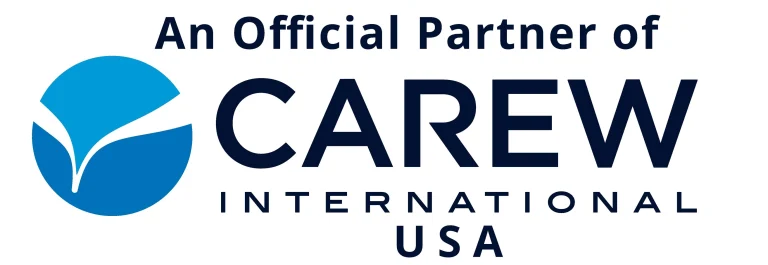Most sales professionals are savvy to the fact that precious time with a prospective customer is better spent listening than talking. But which specific questions are most likely to capture the heart, mind and budget of your customer?
If we understand that our top priority in any first engagement with a prospective customer is to gain an understanding of what they really want, then the most productive questions come into focus.
“What can I (or company name) do for you?”
“Tell me a little bit more about your role here at XYZ company and what you think [company name] can do for you and your organization?”
“What prompted you to… [spend time on the phone, meet with me, etc.]?”
“How can we help?”
These questions are candid and straight forward, and immediately get the customer in touch with their personal needs and motivations in a natural and conversational way. Next, you need to determine the customer’s past experience with this purchase. For example:
“Are you currently using a particular ABC product/solution or have you used ABC product/service in the past?”
If they are already utilizing a product in your category, ask:
“Can you tell me what you like most and least about your current product/service?”
Keeping in mind that the objective is never to bad mouth the competition, having customers articulate what they do and don’t like in their current reality is a very simple and effective way to identify needs/gaps and expectations.
If they are not using a comparable product or service, explore to further understand their objectives with questions like:
“What are your top priorities with this product?”
or
“What do you want [product/service] to do for your organization?”
Allowing customers to articulate what is on their minds at the outset of the discussion accomplishes several things. First, it allows them to get their wants and needs on the table and gives them a sense of having been heard. In this way, the human mind is like a sponge. Letting the customer get his thoughts on the table is like wringing out a sponge. That sponge is now better prepared to absorb insight and information the sales professional will share later in the conversation. This practice also sets the tone and sends customers the all-important message that this discussion is all about them and what they want and need.
Of course, diagnosing customer needs isn’t a two or three-question venture, or even a one-session process. One of the foundational principles of Dimensions of Professional Selling® sales training is the Exploratory Process™ for diagnosing customer needs. It identifies five different question types for various points in the sales cycle – each with specific application and objectives. These initial exploratory questions will go a long way in helping sales professionals engage customers, understand their needs and motivations, and signal from the start that meeting their needs is your top priority.
Great Selling!




